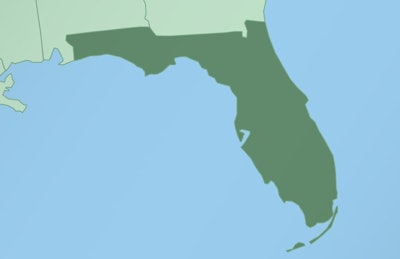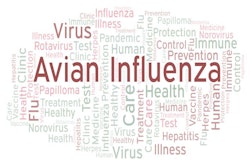
Florida is the fourth U.S. state to have a confirmed case of highly pathogenic avian influenza (HPAI) in 2022.
Like with the other three states – North Carolina, South Carolina and Virginia – the Florida case occurred in a hunter-harvested wild bird.
According to the Florida Fish and Wildlife Conservation Commission, samples collected by the U.S. Department of Agriculture (USDA) Animal and Plant Health Inspection Service (APHIS) Wildlife Services agency resulted in a positive test for H5N1 HPAI in a blue-winged teal in Palm Beach County. It further stated that it was the same Eurasian strain of avian influenza that was earlier discovered in those three states and in the Canadian provinces of Nova Scotia and Newfoundland and Labrador.
The commission said it is monitoring form HPAI in birds that are found sick or dead from unknown causes. It is also offers the following advice to Florida residents:
- Report bird mortalities so die-offs can be investigated and tested.
- Prevent contact of domestic or captive birds with wild birds (especially waterfowl).
- Do not handle sick/dead wildlife. If it is necessary to do so then wear impermeable gloves, wash hands with soap and water, and change clothing before having any contact with healthy domestic poultry and birds.
- Hunters and others handling birds should follow routine precautions listed below when handling wild birds.
During an earlier webinar, hosted by APHIS, a wild bird surveillance process began in June 2021 and is expected to run through March. APHIS plans to collect and screen over 16,000 samples from 25 states, and as of January 18, the agency had collected over 12,000 samples.
“We are maximizing our sample collection in targeted watersheds in both Atlantic and Pacific flyways. We’re going to continue coordination and information sharing with state, national and global wildlife partners, and increasing vigilance for wild bird morbidity and mortality. We’re also looking into other … surveillance opportunities,” said Dr. Donna Lalli, associate deputy administrator, APHIS Wildlife Services.
View our continuing coverage of the global avian influenza situation.


















